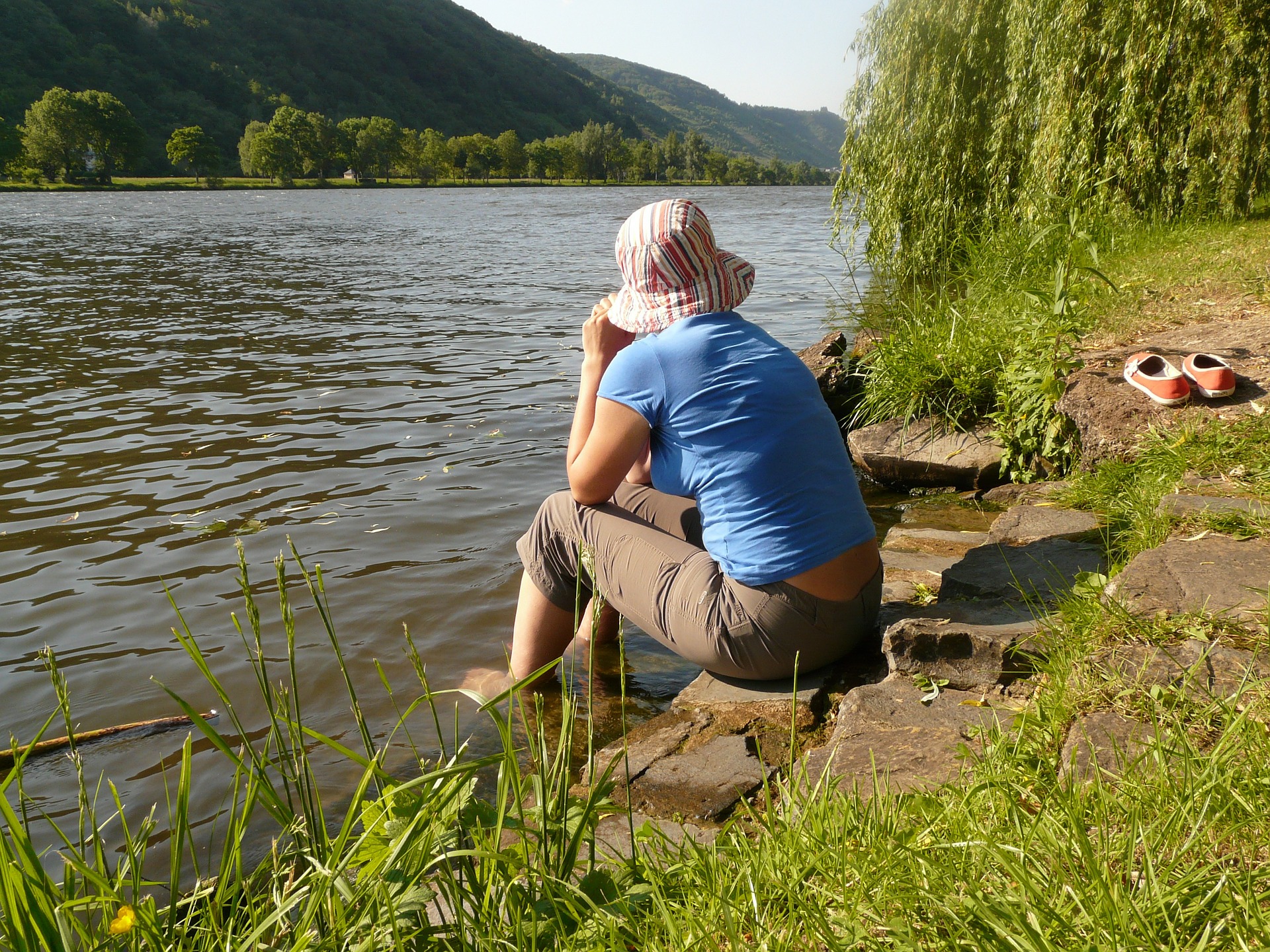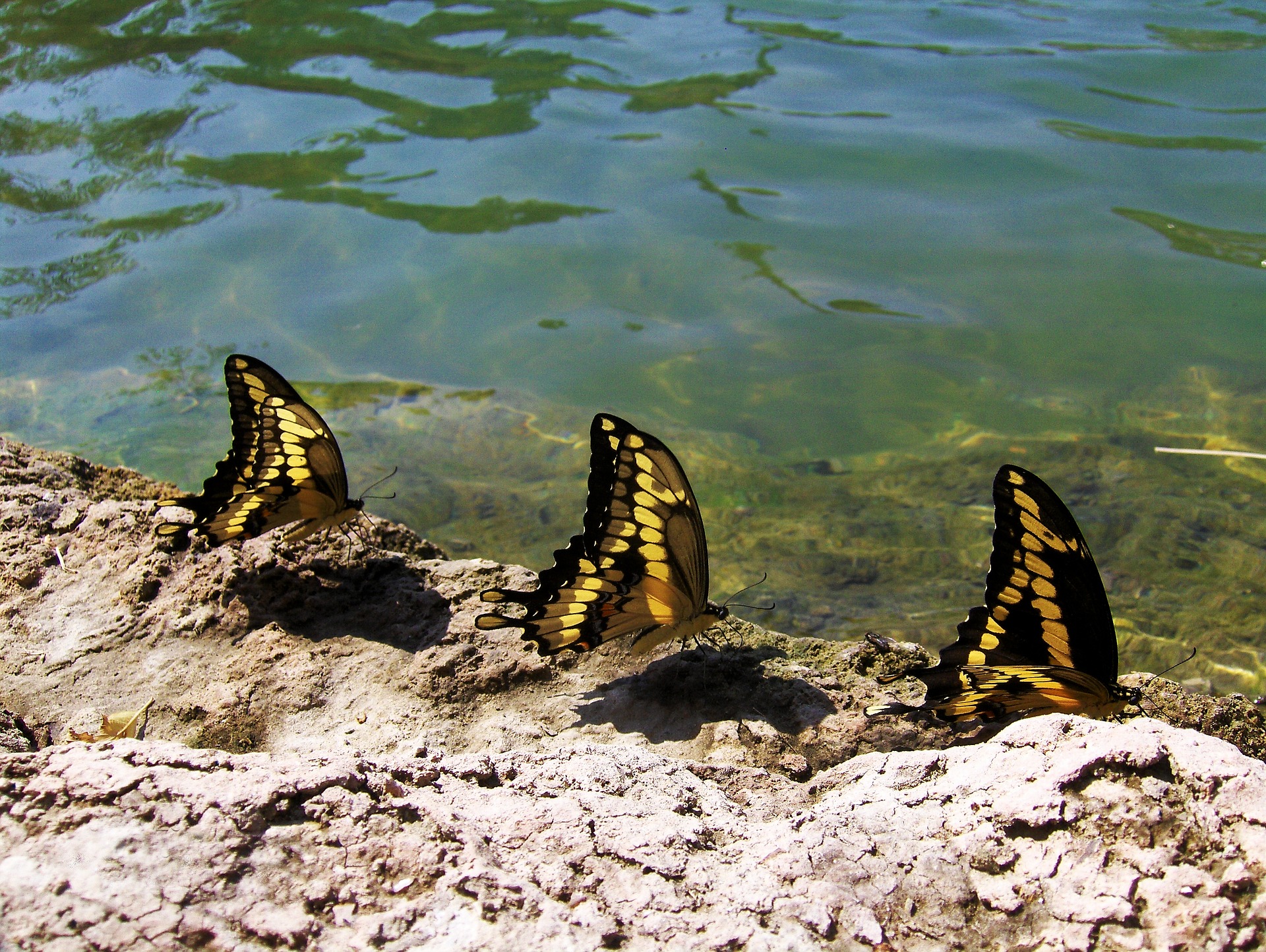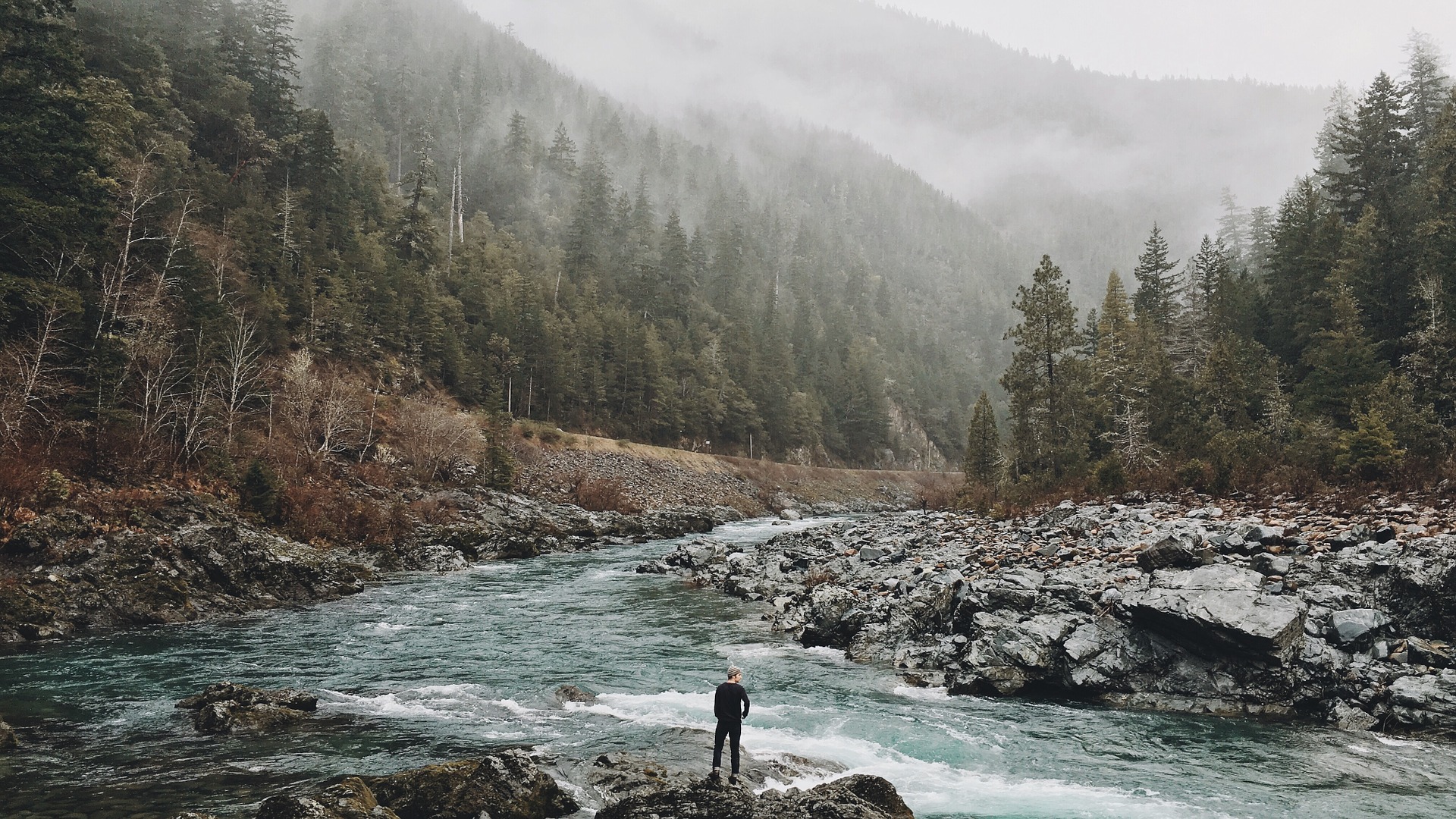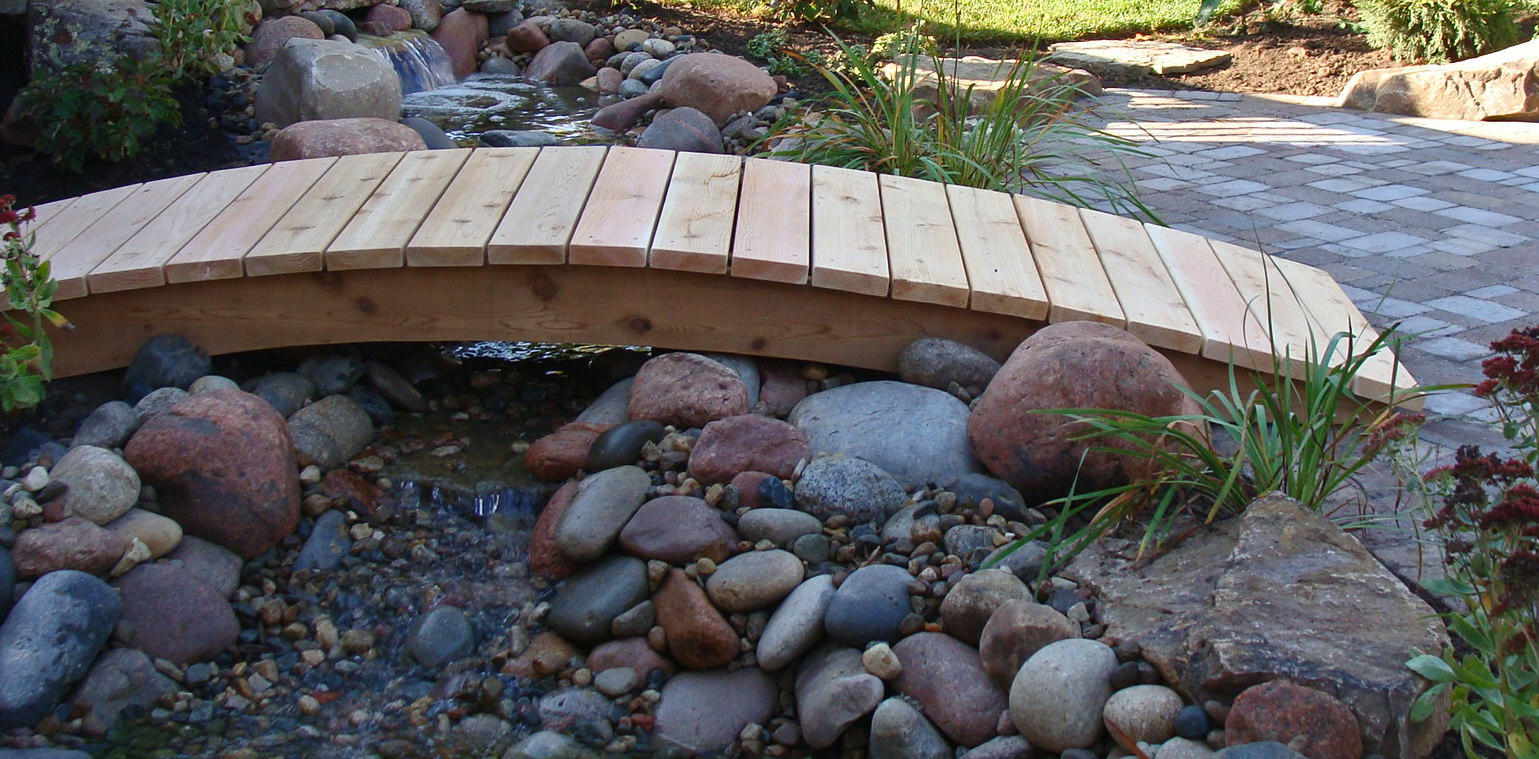“Rest is not idleness, and to lie sometimes on the grass under trees on a summer’s day, listening to the murmur of the water, or watching the clouds float across the sky, is by no means a waste of time.”

The words of John Lubbock, an early British statesman and naturalist, hold enormous truths for us today. We live in a tumultuous and often chaotic world, tethered to our devices and intent on being productive throughout our waking hours. In the midst of all of the noise of the world, we often forget that our souls and our spirits need peace and that time spent in nature, especially near water, can help to keep us relaxed and healthy.

Having lived lakeside for ten years, I can attest to the tranquility of living near water. There simply is no more soothing sound and mesmerizing sight than that of the waves rhythmically lapping up against the shore or ribbons of water flowing through the woods as they head toward the lake.

Unfortunately, most people, especially those in the heart of a city, do not have the opportunity to reap the benefits of living next to an actual lake or river. Fortunately though, the addition of a professionally designed, installed and landscaped water feature can bring an oasis of serenity to your home.

Although many of the DIY sites would like you to believe that installing a water feature is no more complicated than digging a hole in the ground, throwing down a liner and adding water and a pump, the creation of a properly functioning and natural looking water feature is much more complex. It takes a form of engineering skill to determine the optimal size of both pond and pump. The wrong size pump or an inadequate water capacity can result in a burned out pump or overflow problems. Mistakes in pond building can be difficult — and costly– to fix, so it’s important to do some pre-planning and to hire a landscape company with experience in building the type of water feature you want.


Dan Nelson, senior designer at Embassy Landscape Group, recently sat down with me and shared some of his valuable insights. When working with his customers, Dan begins with four important questions:
- What do you want to achieve?
- How much maintenance do you want to do?
- What is your existing terrain and environment?
- What is a realistic budget for your project?

“What do you want to achieve?” is a deceptive question. On the surface, the answer seems relatively simple and blatantly obvious. (I want a water feature in my yard.) I soon found out that it was actually the pivotal question of the project. Before Dan can begin designing, he needs to know why his customer wants a water feature. Is it for the sound that water makes as it falls or flows? Or the sight of water as the breeze swirls it? The rich scents of the water plants? The gathering spot it becomes for birds and butterflies and other creatures?

How the spot will be used is the next piece of the puzzle. Will it be viewed from a distance or inside the home as well as nearby? Will this be a space in which to sit in solitude or is it a gathering place for people all ages to enjoy? Are there children, grandchildren or pets to consider?

Finally, it is important to know what the vision in the client’s mind is. What should the feature look like? Should it mimic a roaring waterfall in the Colorado mountains or a quiet stream in the Missouri Ozarks? Perhaps the serenity of a Japanese inspired setting is what the client prefers. Although any would be achievable, each would require a different design approach.

How much maintenance do you want to do? Just like other features, maintenance requirements vary considerably. A pondless waterfall, for example, has no open water and thus needs little regular care beyond an occasional water level check. A stream or pond that must remain absolutely clear at all times will require a complex (and expensive) filtration system plus almost daily cleaning and monitoring. The maintenance of most water features lies somewhere in between these two extremes.

Surrounding landscapes too can vary in the amount of routine care they need. Once established, native landscapes need little pampering, while highly ornamental ones may need constant weeding and trimming. A talented designer matches the landscape to the time restraints of the client.

What is your existing terrain and environment? Choosing a water feature is somewhat dependent on the existing environment. The feature should remain in scale with the space and the existing buildings as well as blend into the environment. Having a waterfall abruptly rise out of absolutely flat ground would be jarring and would look unnatural. Instead, an experienced and talented designer will present alternatives or will create a more extensive landscape that naturally includes a waterfall. Smaller water features can fit well into larger spaces, but only if the landscaping creates an intimate space for it.
Some soil types are more pond friendly than others, while some terrains just call for a meandering stream or a series of gentle water falls. If plants are an important element, then the amount of sun is critical. If bird, butterfly and wildlife watching is part of the goal, then proximity to trees, shrubs and other cover is desirable. Professionals can help you think through and plan for these issues.
An important but sometimes overlooked detail is the access to electricity and water. Power is needed to run the pump as well as any night lighting or filtration systems that are added. Easy access to water makes upkeep less complicated.

What is a realistic budget for your project? Water features and their surrounding landscapes can be designed to be as simple or as elaborate as you want and as you can afford. The larger the scope of the project, the more expensive the expenditure will be. Using locally sourced materials and native plants can help reduce cost and can create a welcome sense of place.
Although some people are reluctant to share a dollar amount with the designer at the initial meeting, those who do find that it typically simplifies and improves the design process. If the designer has a sense of the budget, then he or she can make adjustments that fulfill the client’s dreams but stay within the budget, eliminating multiple time consuming design updates.

Although the discussions resulting from these four questions are essential for honing in on the client’s vision and needs, Dan also appreciates it when he is presented with images of water features that his clients love. Those pictures often give insights that can’t be put into words. A vision board, whether online or in hand, is a valuable tool for both designers and customers.
Hiring an.experienced company like Embassy Landscape Group guarantees you a design that is uniquely you and an installation that is worry free. Call them today.
COMPANY GALLERY
WATER FEATURES
This collection of images is representative of the scope of work that Embassy Landscape Group has designed and installed over the past few years. For more information, contact information is available above.








